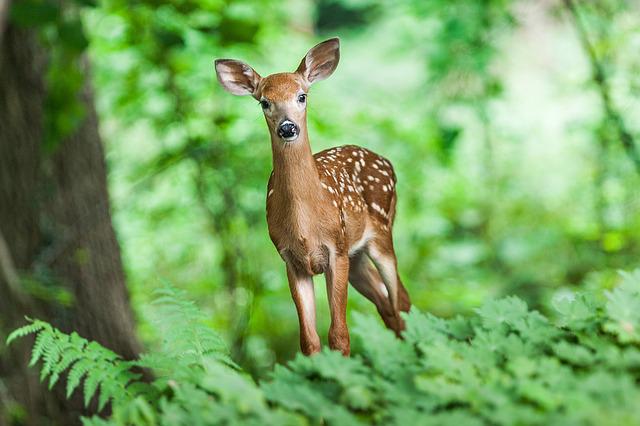The Pipeline Fire, along with other fires that have burned tens of thousands upon Flagstaff’s mountain forests, is responsible for the javelinas and large numbers of deer and elk seen along Highway 180. Wildfires can also affect other species. Even though they do not receive evacuation orders, animals are in a constant state of “Ready” or “Set” and recent fires caused many animals “Go” to flee from the danger.
Although it is sad that not all animals can survive a fire, their survival skills are well-developed in southwestern environments where fires are an integral part of daily life. Deer, squirrels, coyotes and javelinas all do their best to avoid it. To escape it, birds and insects can fly. Many small animals, including spiders, lizards and insects, take refuge under rocks or in streams, if they’re present. Many animals are capable of digging into the soil to wait until the fire has stopped burning.
All these strategies, including running, flying and hiding, are more effective when there are historically normal fires burning the undergrowth and smoldering at the base of trees, than high intensity catastrophic canopy fires which burn faster, are larger, more intense, and burn hotter.
Animals can be hurt or killed by severe fires, both short-term and long-term. Unfortunately, many animals are injured, killed, or burned by fires or attempts to escape from them. But it’s not only the smoke and flames that pose danger to them. Animals fleeing from danger are at risk of hunger, dehydration and unfavorable circumstances in an area not suitable for them. They also run the risk of being prey to predators or in danger from traffic.
Further deaths and declines can be caused by the loss of habitat. Particularly vulnerable are small, isolated populations. Even if some individuals die in larger populations, it may not have a significant impact on the rest of the population.
Although fire is generally considered to be harmful to animals there are some exceptions. Predators such as bears and hawks love to feast on rodents and other prey that are fleeing. Dead wood is a good place for many insects to lay eggs. These insects are eaten by woodpeckers, who nest in the deadwood. They often thrive after a fire. The new growth is a benefit to deer because they eat the grasses that have been burned.
The landscape is subject to wildfires, which can cause significant changes. The impact on animals depends on whether the disturbance is causing them to lose what they need or gives them new opportunities to flourish.



